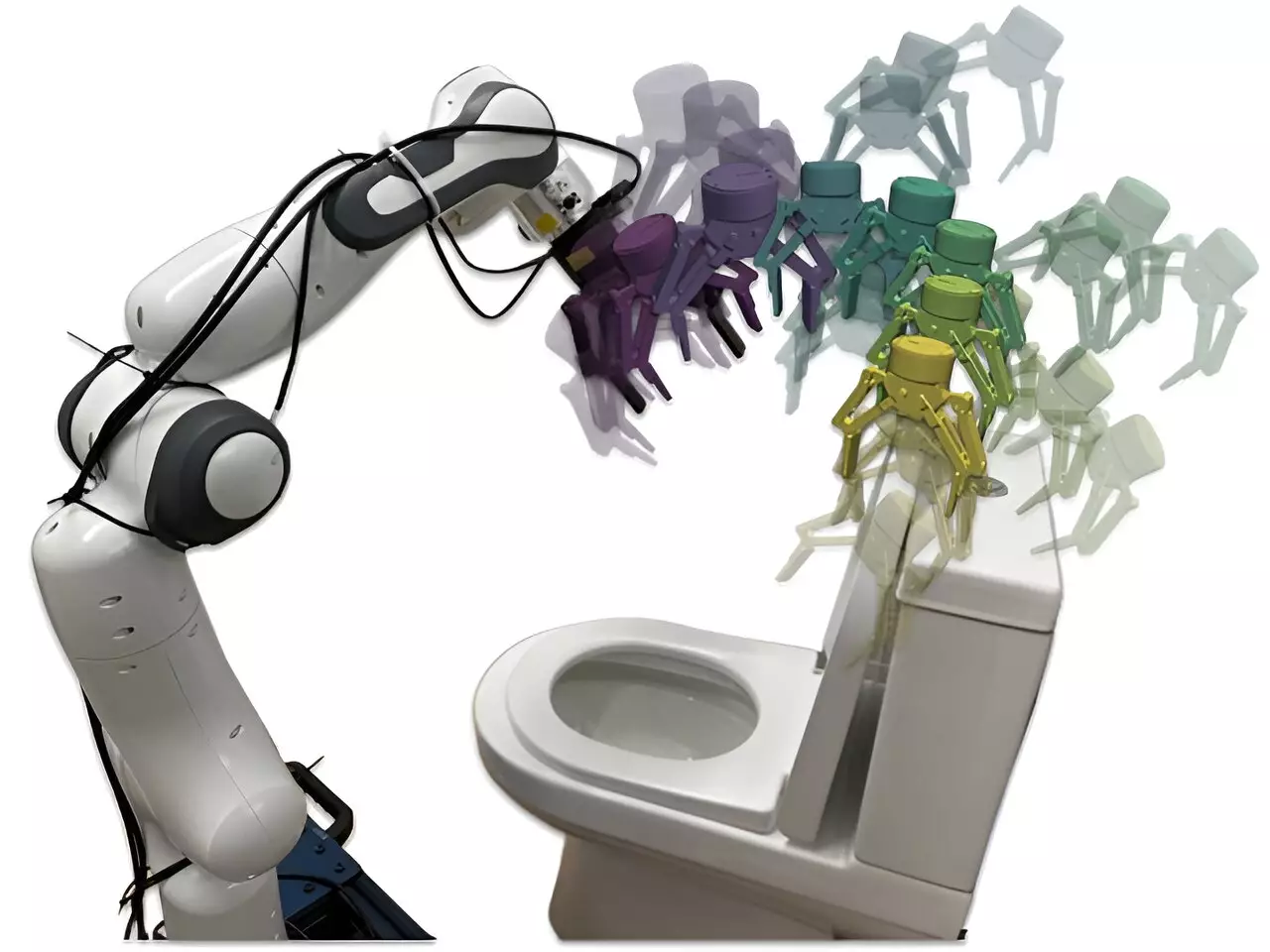Roboticists have been striving to introduce increasingly sophisticated systems over the past few decades. However, a major challenge has been teaching these systems to tackle new tasks successfully and reliably. One significant aspect of this training is mapping high-dimensional data, such as images captured by on-board RGB cameras, to goal-oriented robotic actions.
Introduction of Render and Diffuse Method
The researchers at Imperial College London and the Dyson Robot Learning Lab have recently introduced a groundbreaking method called Render and Diffuse (R&D). This method unifies low-level robot actions and RGB images by using virtual 3D renders of a robotic system. The primary goal of this method is to facilitate the process of teaching robots new skills, ultimately reducing the large amount of human demonstrations required by existing approaches.
The driving force behind the development of the Render and Diffuse method was the goal of enabling humans to teach robots new skills efficiently without the need for extensive demonstrations. Traditional techniques in robotic learning are data-intensive and struggle with spatial generalization. Predicting precise actions from RGB images is particularly challenging when the data is limited.
The Render and Diffuse method comprises two main components. Firstly, it involves using virtual renders of the robot to enable the robot to ‘imagine’ its actions within the image. This step allows the robot to visualize its actions in the same way it perceives the environment. Secondly, the method utilizes a learned diffusion process to refine these imagined actions iteratively, resulting in a sequence of actions necessary for the robot to complete the task.
By leveraging widely available 3D models of robots and rendering techniques, the R&D method simplifies the acquisition of new skills while reducing training data requirements significantly. The researchers conducted evaluations of their method through simulations, demonstrating improved generalization capabilities of robotic policies. They also successfully tested the method in real-world scenarios, including tasks like putting down the toilet seat, sweeping a cupboard, opening a box, placing an apple in a drawer, and opening and closing a drawer.
Future Implications and Possibilities
The introduction of the Render and Diffuse method opens up exciting possibilities for future research in the field of robotics. The method could be further tested and applied to various tasks that robots could handle. The positive results obtained by the researchers could inspire the development of similar approaches aimed at simplifying the training of algorithms for robotics applications. The combination of this method with powerful image foundation models trained on extensive internet data is particularly intriguing for future research endeavors.
The Render and Diffuse method represents a significant advancement in the field of robotic learning. By enabling robots to ‘imagine’ their actions within images, this method streamlines the process of teaching robots new skills and reduces the labor-intensive nature of collecting extensive demonstrations. With further research and exploration, the possibilities for enhancing robot learning and task execution are vast and promising.


Leave a Reply
You must be logged in to post a comment.